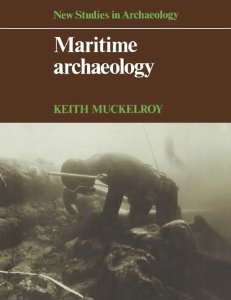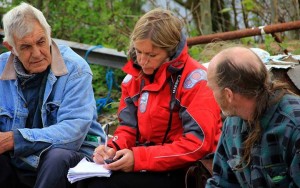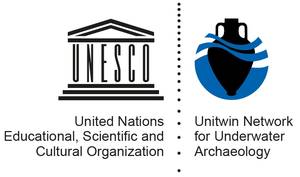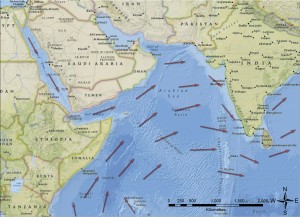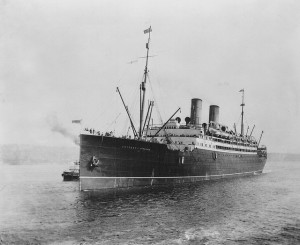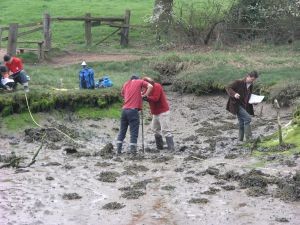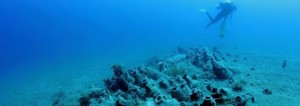
T – 24 hours
After a lot of hard work by a huge number of people the Shipwrecks and Submerged Worlds course goes live tomorrow. I and my colleagues have been spending the weekend reading through the different elements trying to iron out any minor issues, all the while thinking about how it will be received. At points while we were putting this together it felt like we'd taken on an impossible challenge.
Continue reading →

